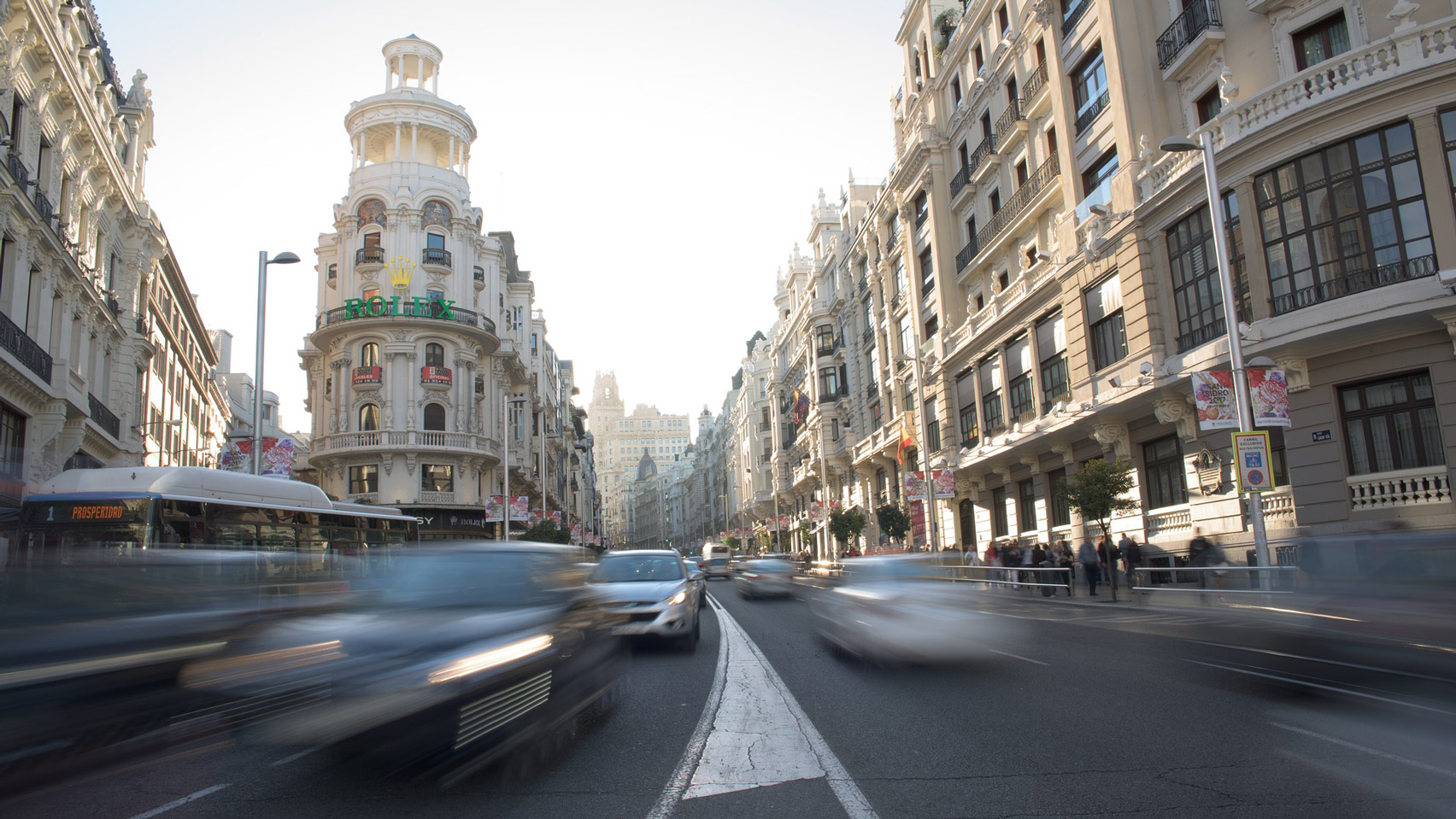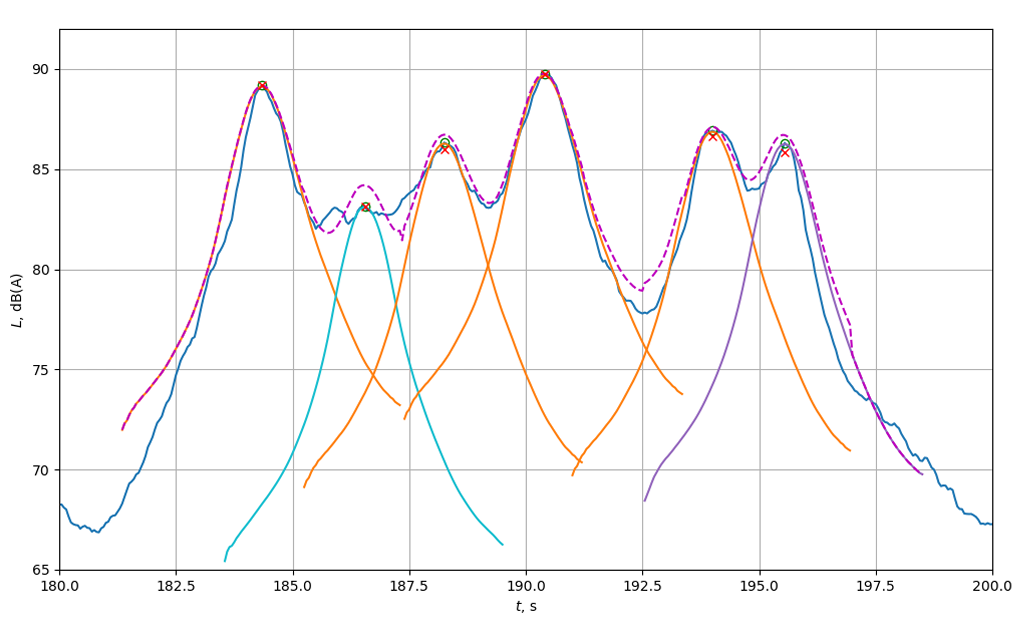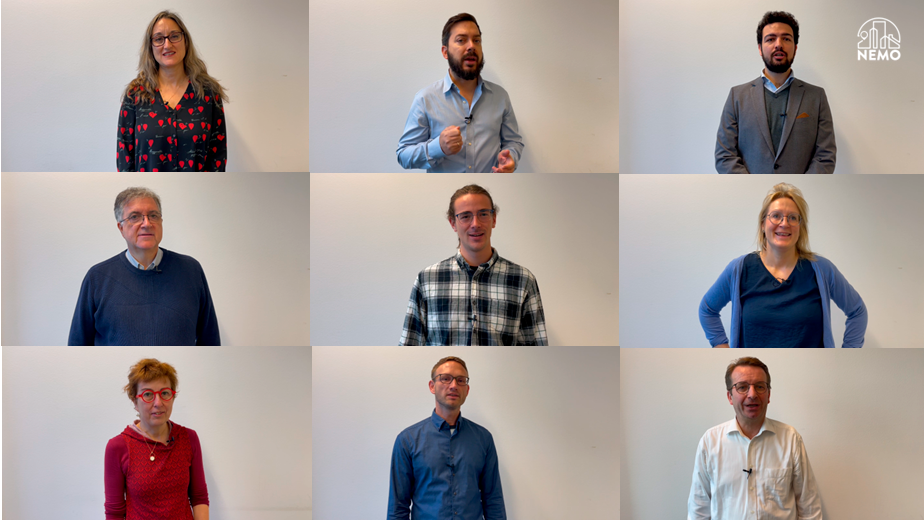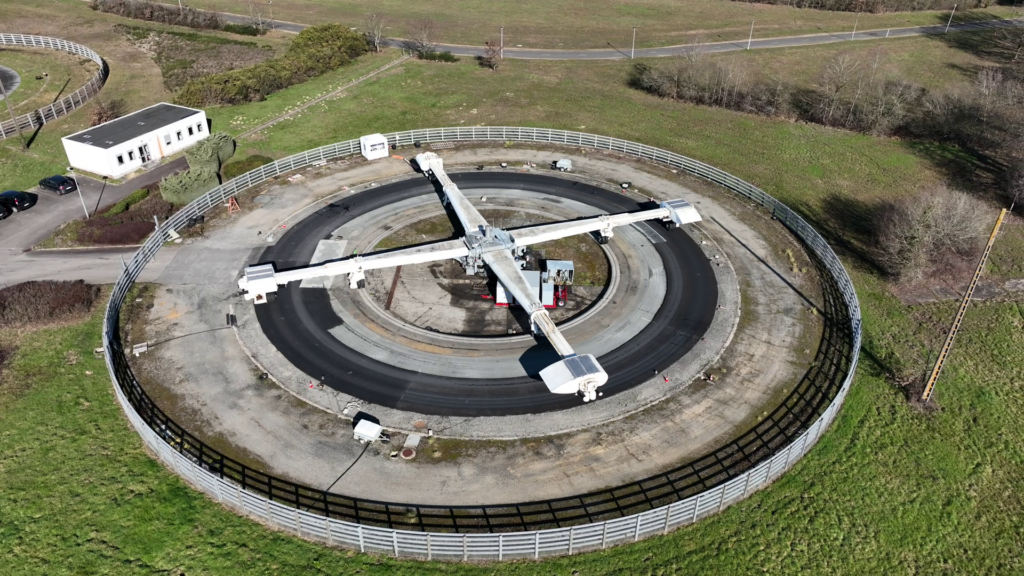The detection of high noise vehicles in urban areas is gaining more and more attention. But, despite many efforts to reduce noise levels in Europe, environmental noise is still one of the major environmental pollution sources. According to the latest report from the European Environmental Agency transportation noise is estimated to affect more than 20% of the EU, where only road traffic noise is estimated to affect 113 million people.
The goal of NEMO’s remote-sensing device for noise (N-RSD) is to identify highly pollutant vehicles driving inside or into urban areas.
Self-correcting algorithm
But while the correct localization of the source is of great importance, it is not yet enough to measure the correct sound pressure level. We therefore propose a method to estimate the influence of nearby noise sources, i.e., closely driving additional vehicles, that disturb the sound signal of the vehicle of interest and correct for it. This algorithm has been applied on several test locations.
Data can substantiate action
NEMO proposes an algorithm that corrects for the noise contributions of nearby vehicles to get a more accurate picture of the sound pressure level generated by a specific vehicle. Such an algorithm needs to be trained to specific test sites to account for specific acoustic characteristics of sites such as the road surface, topography, reflecting objects etc.
Level-time-curve of a train of vehicles driving closely behind one another (blue), original peak level points (green circles), model curves for different speed categories (orange: 40 km/h, purple: 45 km/h, cyan: 50 km/h), corrected peak values (red crosses), and estimated level-time-curve due to the model curves (dashed). Data retrieved from the test setup in Rotterdam, The Netherlands, November 2021. (Figure from white paper)
Using this correction algorithm is an important step towards an accurate N-RSD to substantiate stakeholders’ actions – like fining or restricting access to urban areas – taken on high noise emitting vehicles.
Or listen to a 2-minute summary from the paper’s conclusion here.
More of this



